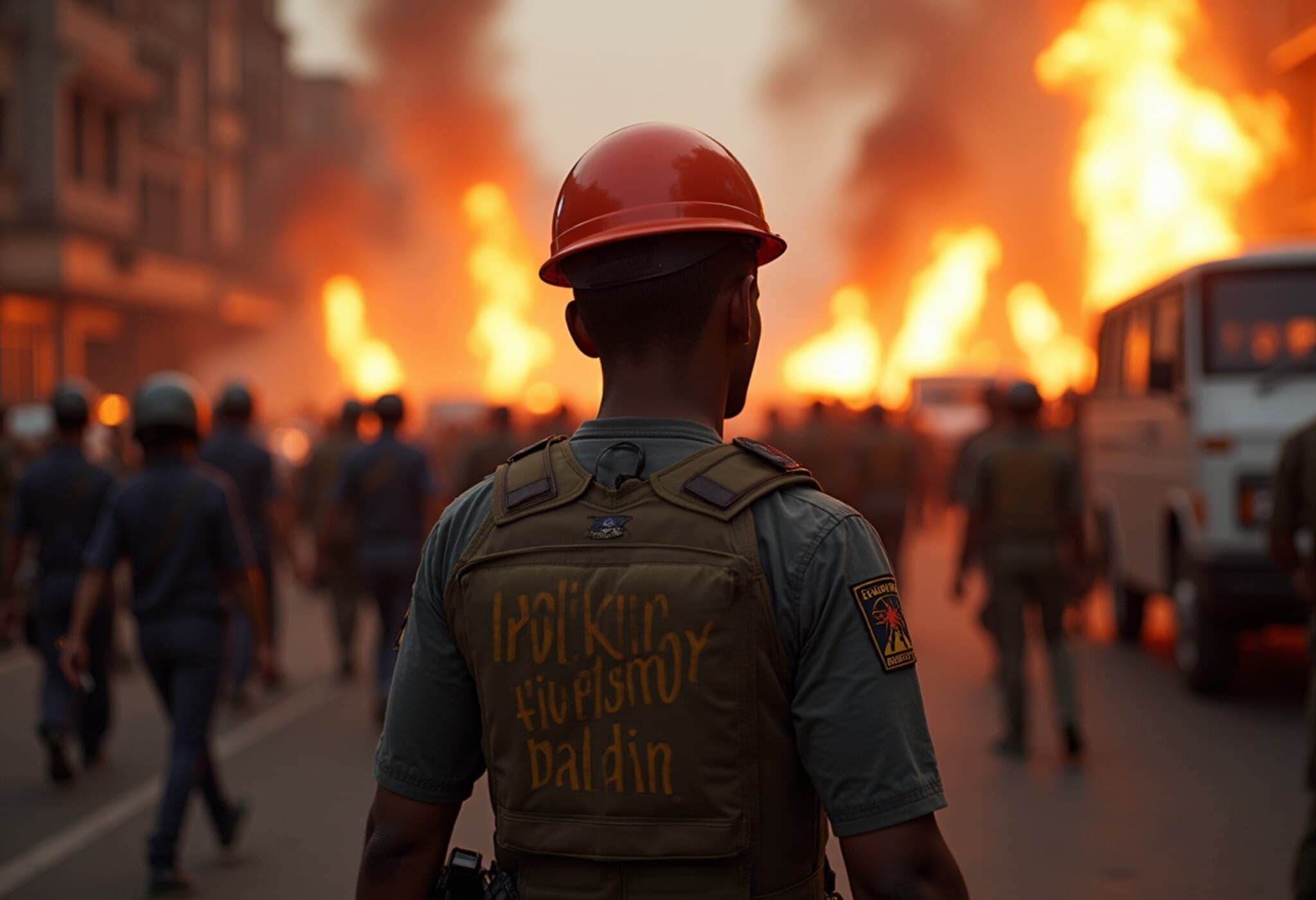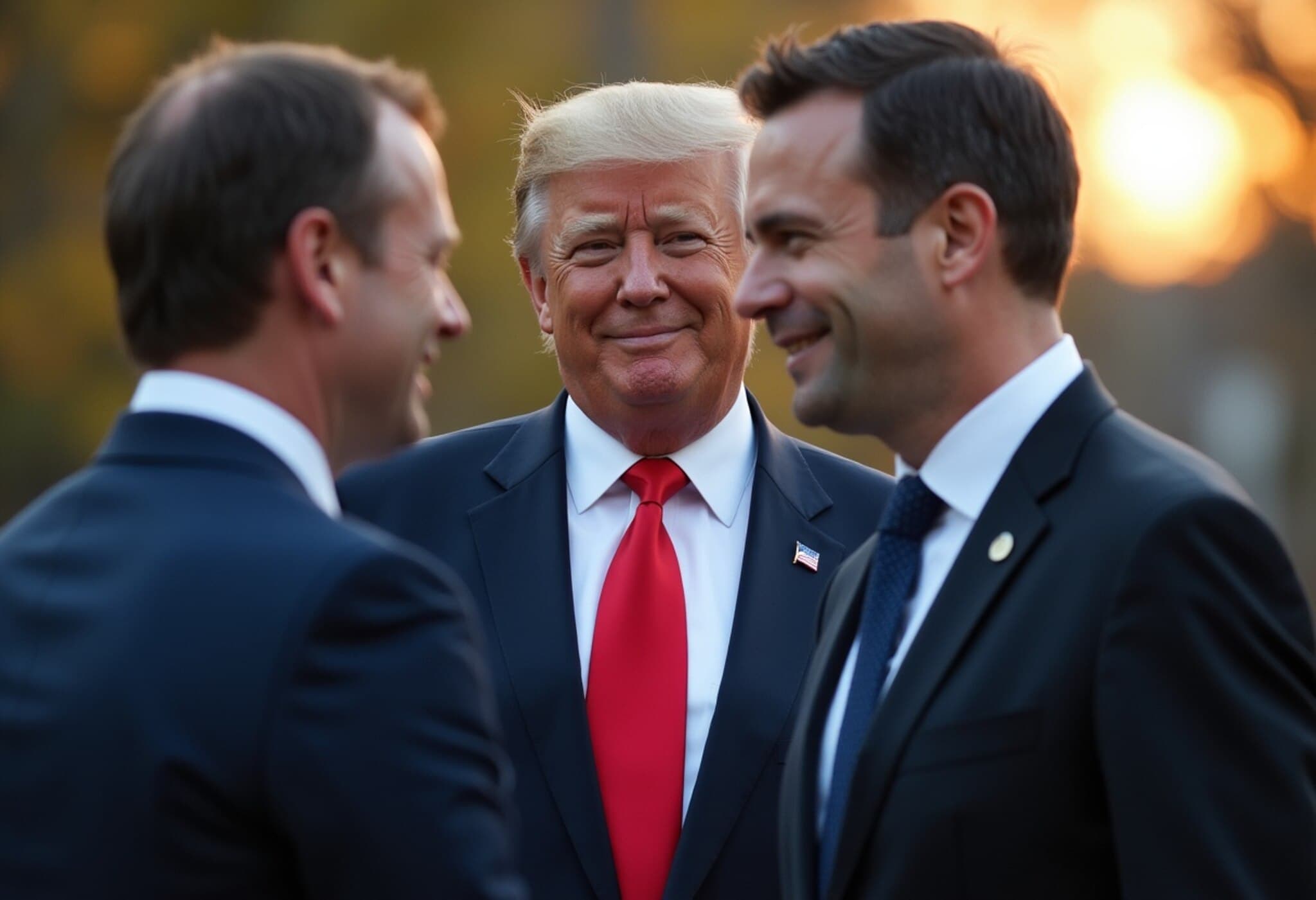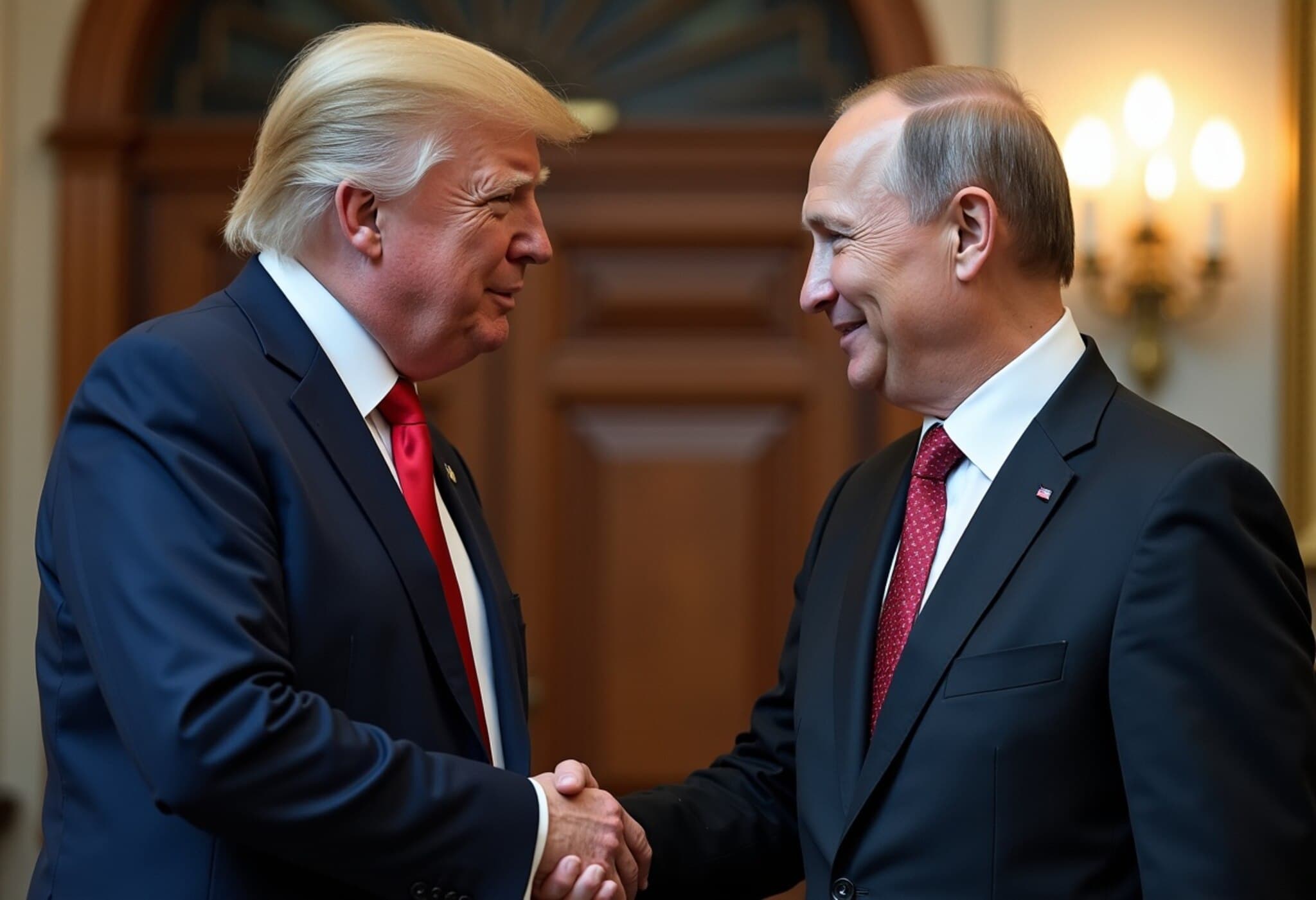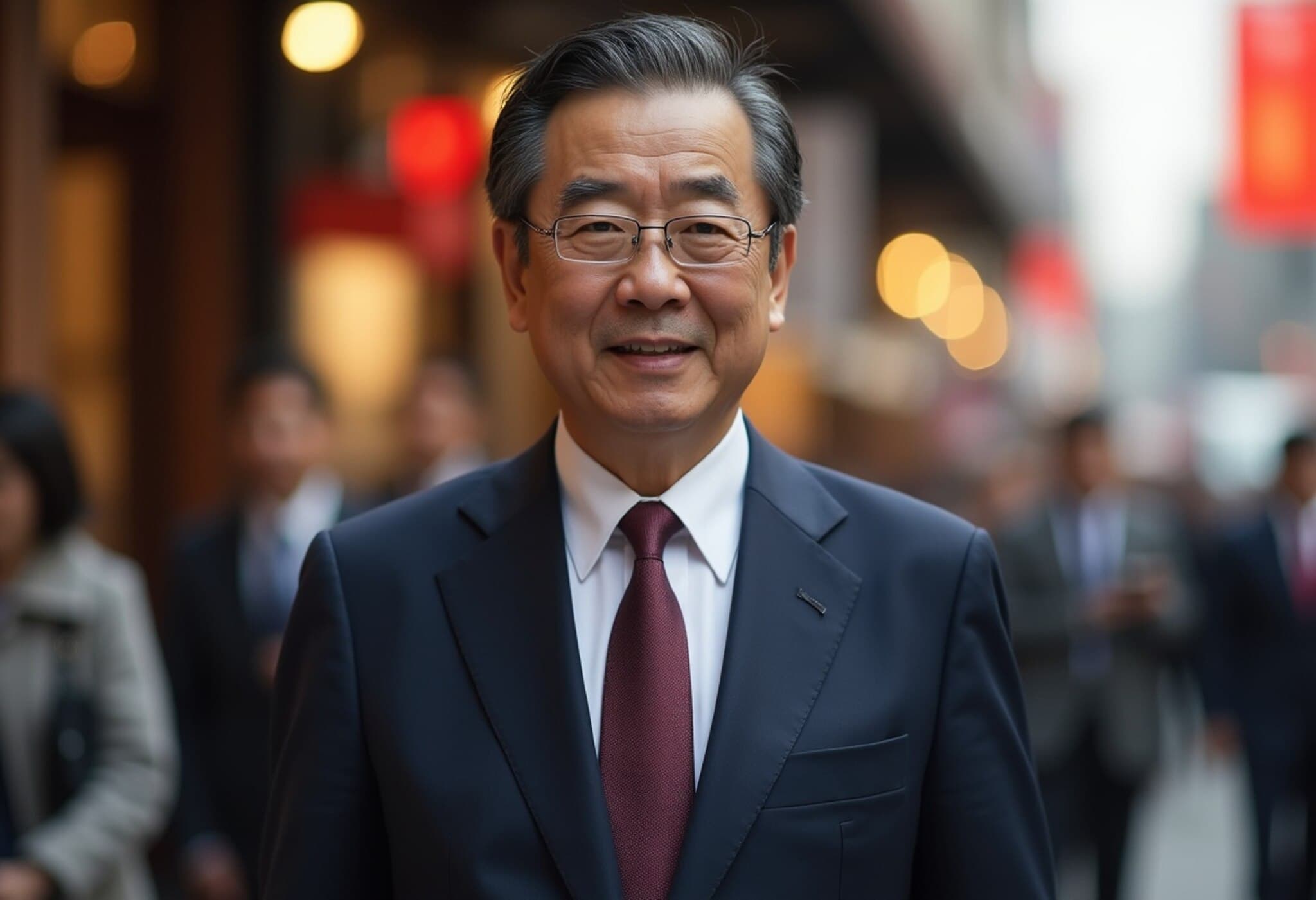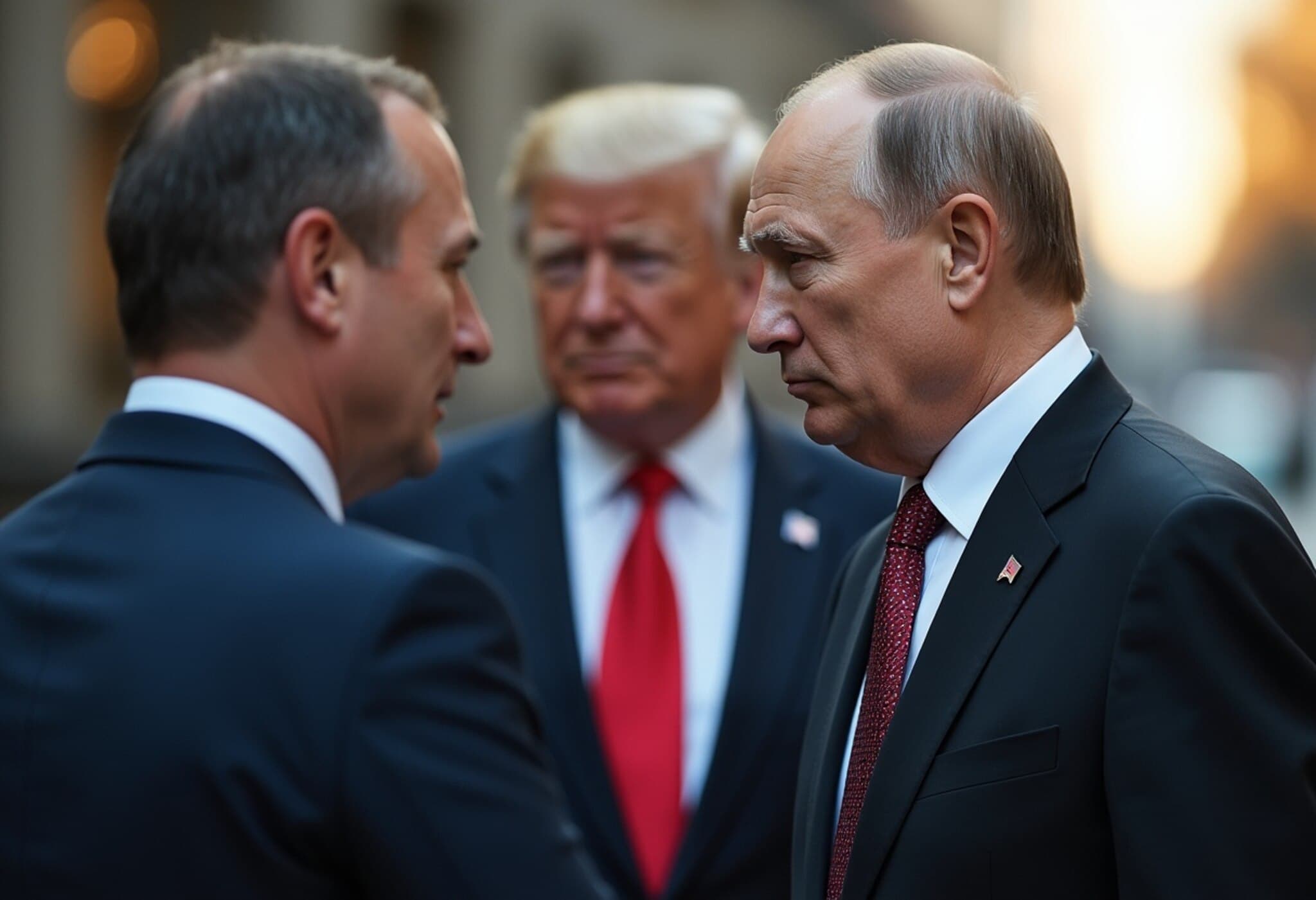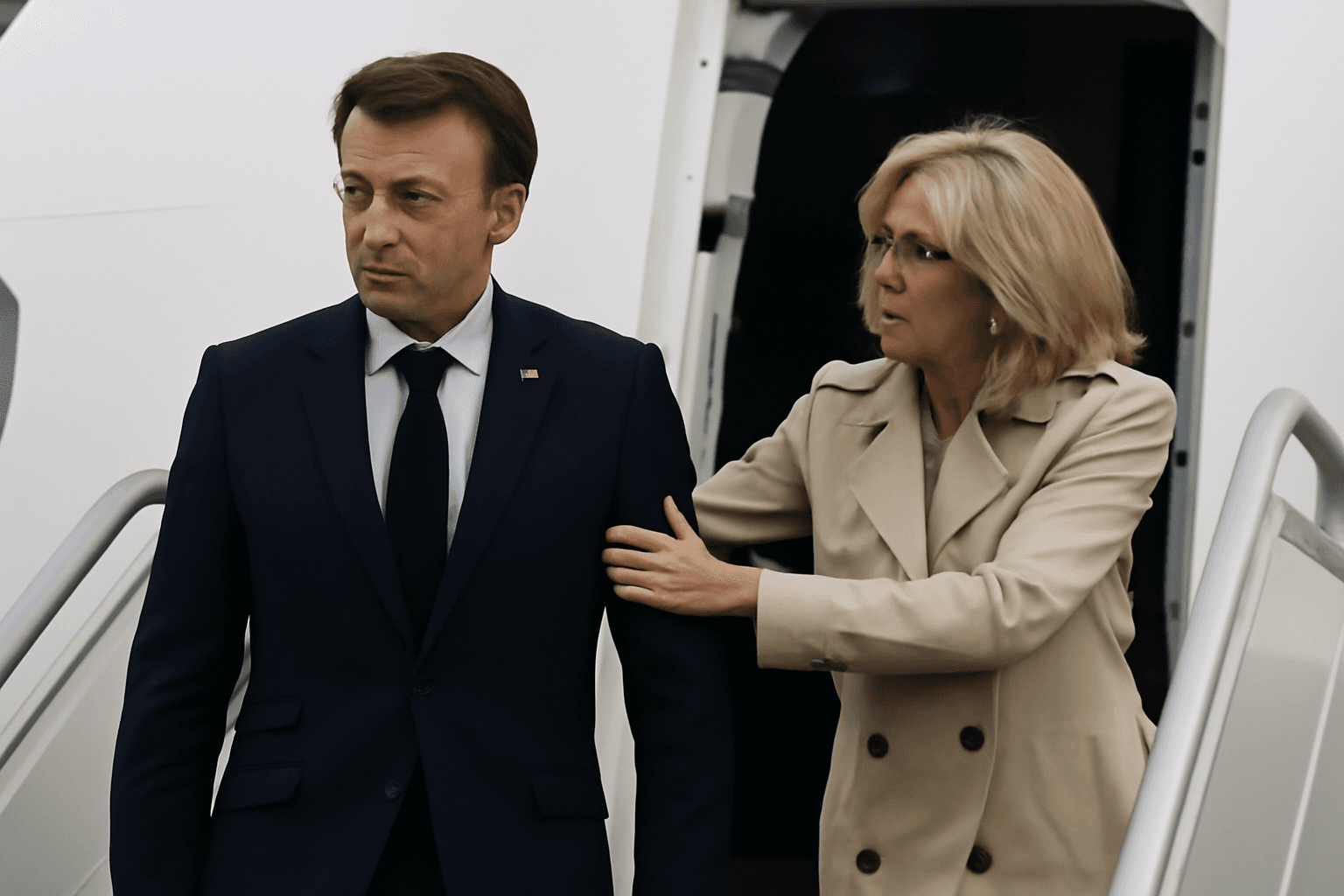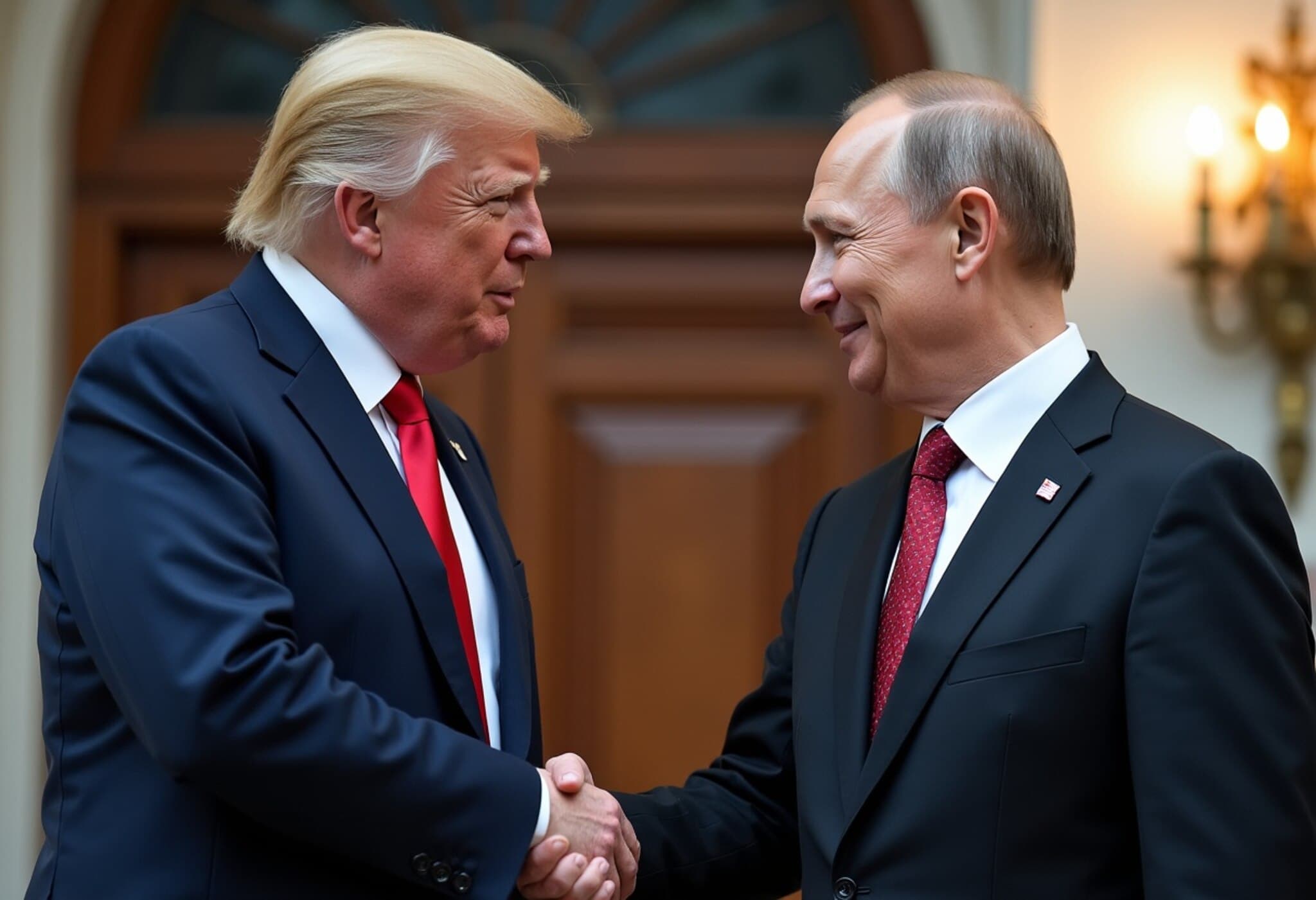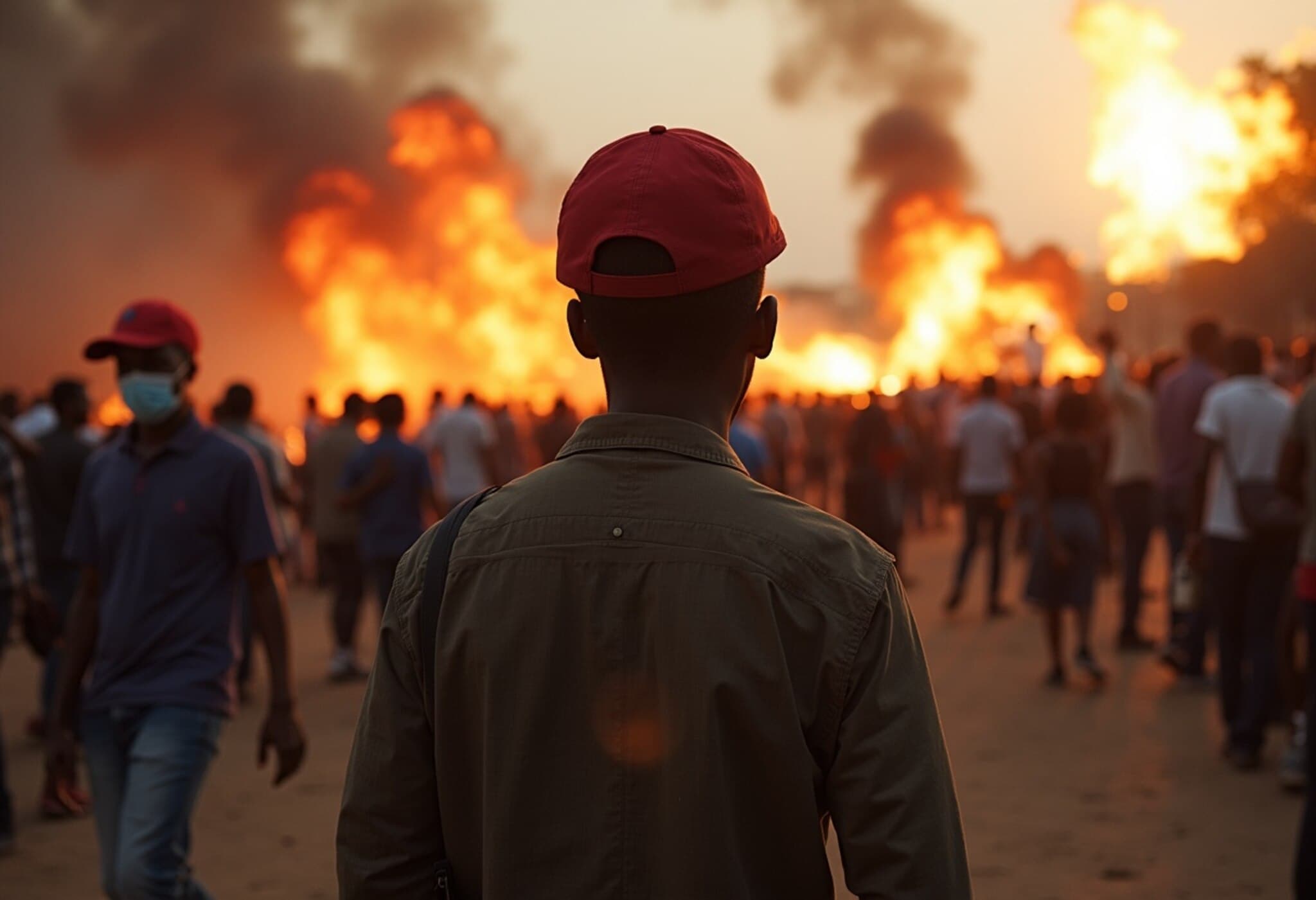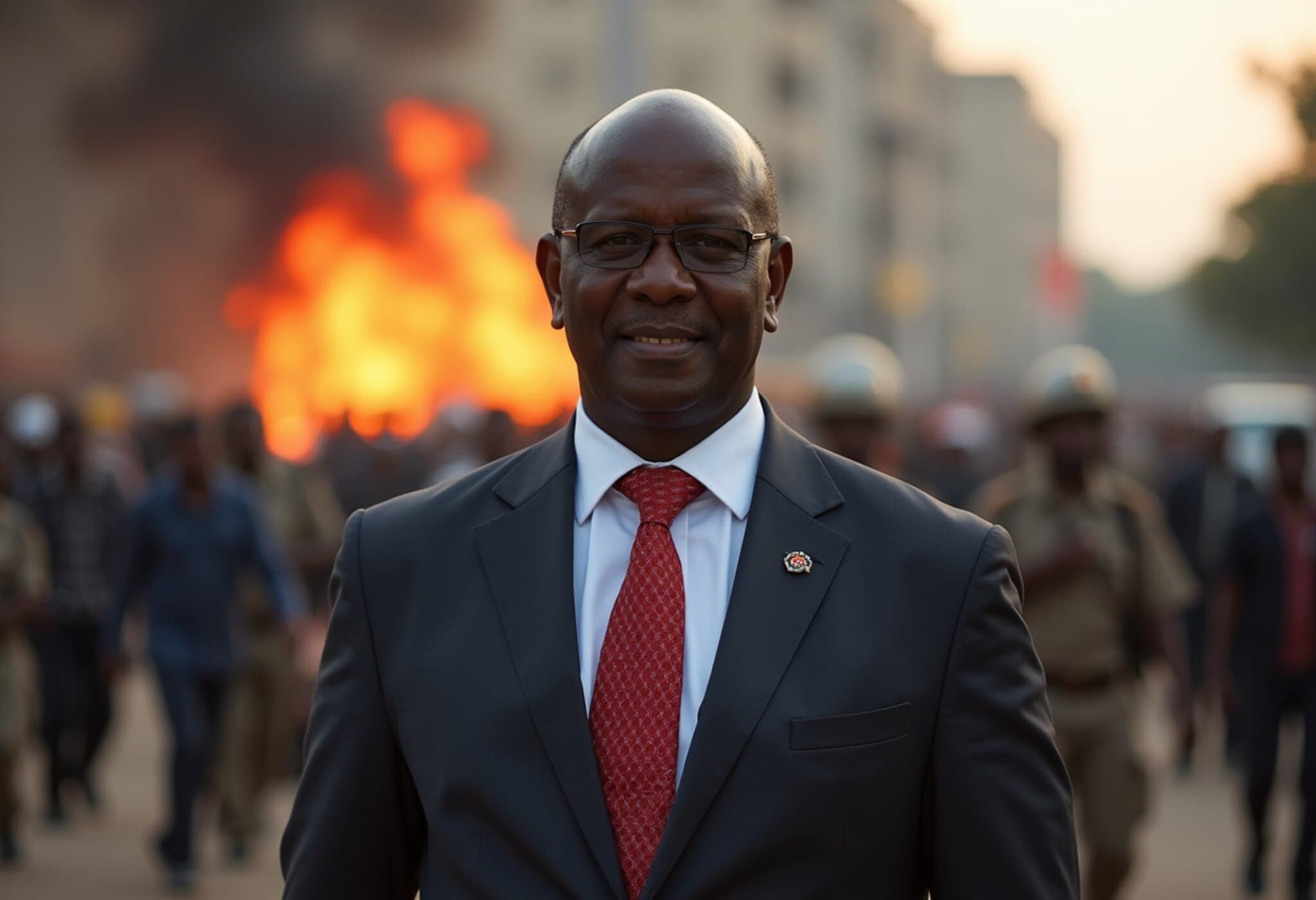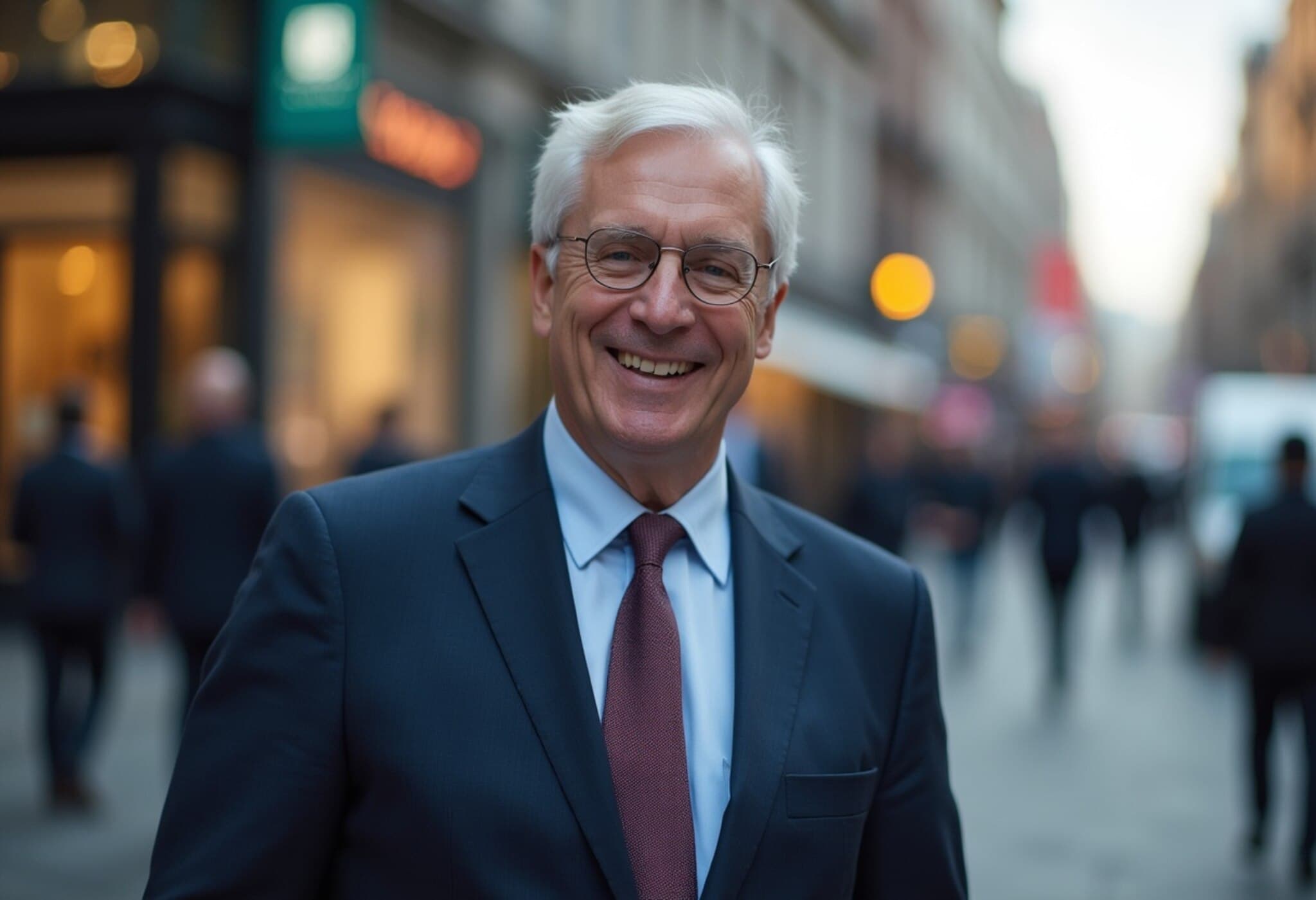Kenyan Police Clash With Protesters Marking Saba Saba Anniversary
On July 7, 2025, Nairobi witnessed a tense escalation as Kenyan police opened fire on protesters commemorating the 35th anniversary of the historic Saba Saba pro-democracy marches. Eyewitness accounts describe chaotic scenes with law enforcement deploying tear gas and water cannons to disperse crowds rallying for justice, transparency, and fundamental rights.
Background: The Roots and Ripple Effects of the Saba Saba Protests
The name Saba Saba, meaning “Seven Seven” in Kiswahili, refers to July 7, 1990, when Kenyan activists courageously challenged President Daniel Arap Moi’s one-party regime with calls for multiparty democracy. This historic movement ultimately paved the way for the country's first multiparty elections in over two decades.
Fast forward to 2025, the youthful energy fueling protests has intensified since June 2024. Originally sparked by proposed tax hikes affecting everyday Kenyans, the demonstrations have broadened to denounce deepening corruption, police brutality, and the mysterious disappearance of government critics.
The Flashpoint: Blogger Albert Ojwang’s Death and Its Aftermath
Public anger recently surged following the death of 31-year-old Albert Ojwang, a blogger and teacher, while in police custody. His death has become a potent symbol of ongoing rights abuses, igniting nationwide protests that have already claimed at least 19 lives as reported by the Kenya National Commission on Human Rights. The somber toll underscores the volatile relationship between authorities and civil society.
Scenes From Nairobi: A City Under Siege
Reuters reporters on the ground documented police firing live rounds as protestors advanced, leaving at least one man gravely injured and motionless in the street. Demonstrators in neighborhoods like Kangemi blew whistles and marched vocally along blocked city arteries, while riot police aggressively cleared pathways.
In efforts to preempt large gatherings, the government imposed heavy security measures, shutting down major roads and limiting vehicular access to Nairobi's center. Schools and shopping malls preemptively closed, casting an eerie calm over the metropolis.
Local resident Francis Waswa voiced a common sentiment among protesters: “We are not ready to go back home because who will fight for our rights then? We will be here till evening.”
Government’s Response: Maintaining Control Amid Accusations
Interior Minister Kipchumba Murkomen, taking to social media, condemned the protests in stark terms, describing them as “terrorism disguised as dissent.” He reiterated the government's commitment to protecting citizens and property, signaling a zero-tolerance approach toward any disruptions.
In a worrying development, unidentified individuals forcibly entered the Kenya Human Rights Commission offices, injuring at least one board member and disrupting a scheduled press conference ahead of the protests. Such incidents highlight the precarious environment for human rights defenders in Kenya.
Broader Implications and Underreported Issues
While media coverage has focused heavily on the violent clashes, less attention has been given to the wider systemic issues: how youth disenchantment, economic hardships, and a perceived lack of governmental accountability fuel persistent unrest. The recurring cycle of protests reflects deeper failures in governance and law enforcement's strained relationship with civilians.
Moreover, the six individuals—three of them police officers—charged with Ojwang’s murder (all pleading not guilty) represent a critical test for Kenya’s justice system and a potential turning point in holding authorities accountable.
Looking Ahead: The Crossroads of Democracy and Security
As Kenya navigates anniversaries saturated with historical significance and current turmoil, the government faces a vital challenge: balancing security needs with respect for constitutional freedoms. The international community, civil society, and local stakeholders must collaborate to foster dialogue over confrontation, lest the nation risk deepening divisions.
Editor’s Note
The Saba Saba protests resonate far beyond Nairobi’s streets—they echo the ongoing struggle for democratic space and transparent governance in Kenya. The deaths and detentions during these demonstrations raise urgent questions: Can meaningful reforms be implemented to address youth grievances and curb abuses? How can Kenya reconcile security imperatives with human rights protections? As this complex chapter unfolds, it reminds us that democracy is both fragile and fiercely demanded by the people it serves.

